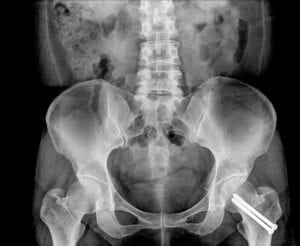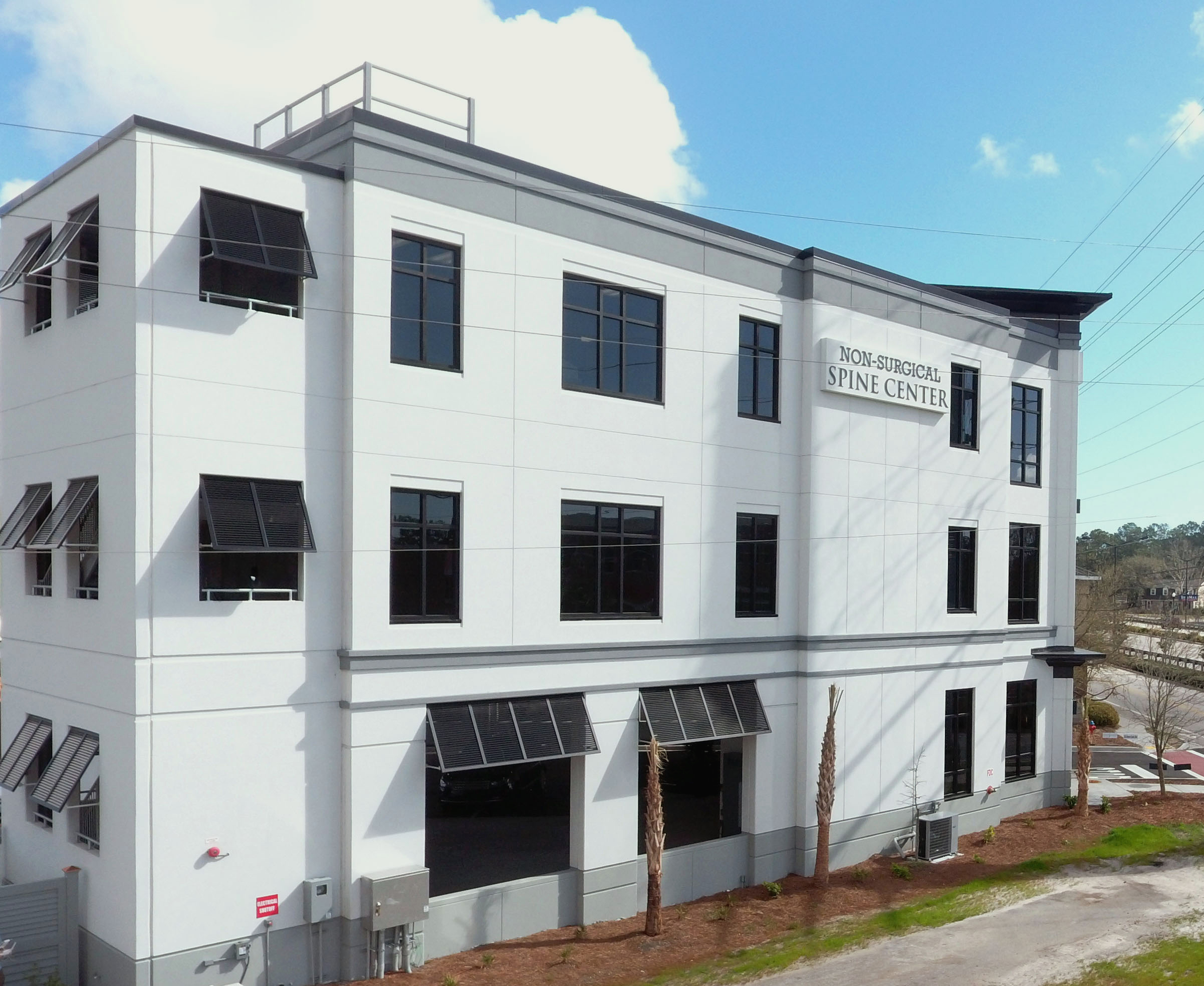Sacroiliac Joint Pain
Sacroiliac Joint Pain
The sacroiliac joint connects the hip bones to the sacrum – a triangle-shaped bone in the lower back just above the tailbone. The sacroiliac joint acts as a shock absorber between the pelvis and the upper body. Although it is technically a joint, the area normally does not provide a range of motion. Rather, it lends flexibility and stability to the lower back with a network of soft tissue.

SYMPTOMS OF SACROILIAC JOINT PAIN
When the sacroiliac joint malfunctions, the symptoms can range from mild to severe pain. The sensation is usually a dull ache, typically felt on one side of the back, but it may be felt on both sides. The pain will spread, radiating out from the back toward the hips, buttocks, and groin areas. Normally SI joint pain is felt in the upper back through the buttocks and sides of the thighs. The pain and stiffness may become worse when climbing stairs, running, jogging, or lying down with the weight on one side. Patients may also experience a feeling of instability, as if the pelvis is about to collapse, when standing, walking, or standing up from a sitting position.
WHAT CAUSES SACROILIAC JOINT PAIN
Aggravation of the sacroiliac joint due to overuse or excessive strain may lead to inflammation around the joint and soft tissues, leading to pain and malfunction. Repeated stress to the joint, like contact sports or heavy lifting can increase the chances of sacroiliac joint pain. Other risk factors include childbearing, prior lower-back surgery, and gait issues such as scoliosis.
TREATMENT AND RELIEF FOR SACROILIAC JOINT PAIN
It may be possible to manage mild sacroiliac joint pain with over-the-counter medications such as NSAIDs, or prescription pain relief like muscle relaxants. Narcotics may be necessary for sudden or acute symptoms. Manual manipulation by a chiropractor may provide some relief if the pain is caused by a lack of motion. Depending upon the specific nature of the malfunction, your doctor may recommend wearing a brace to support the joint. In more severe cases, injections of anesthetics and anti-inflammatory drugs may be necessary to reduce swelling and pain. A variety of treatments may be used to treat an individual case, to ensure the best possible outcome.

NON-SURGICAL SPINE CENTER
Dr. Alexander established the Non-Surgical Spine Center with the mission of providing patients and clinicians with a non-surgical alternative in the treatment of spine and musculoskeletal pain. Utilizing the most current and innovative diagnostic and therapeutic techniques, our group offers patients a multitude of options for improving daily function and quality of life while significantly decreasing levels of pain. If you have back pain, feel free to contact our office at 843-856-9669 or at our contact page.
